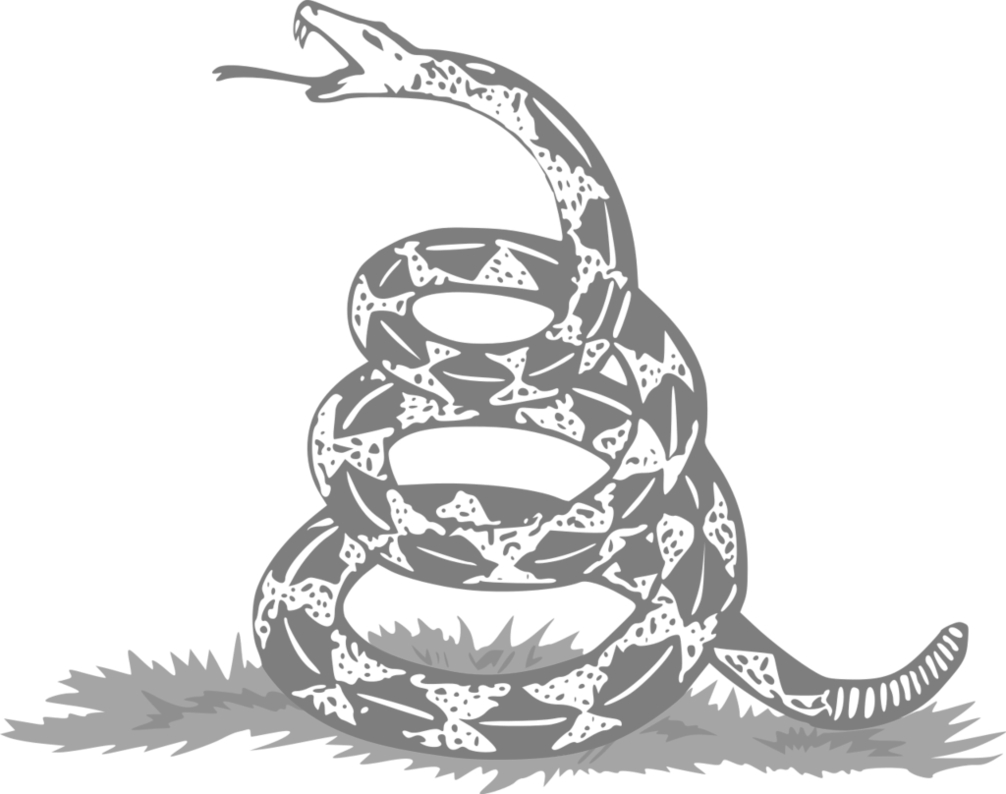Crimea/Crimean Tatars: Difference between revisions
No edit summary |
No edit summary |
||
| (5 intermediate revisions by the same user not shown) | |||
| Line 48: | Line 48: | ||
* “[https://twitter.com/qirimlia/status/1659135792021643264 My family for many centuries lived in the steppe part of Crimea, near Kefe and Keriç. But 18 May 1944 has changed their lives forever. On this day my pregnant great-grandmother Zaide together with her 4 children was violently deported by russians from Keriç, Crimea to Ural.]” | * “[https://twitter.com/qirimlia/status/1659135792021643264 My family for many centuries lived in the steppe part of Crimea, near Kefe and Keriç. But 18 May 1944 has changed their lives forever. On this day my pregnant great-grandmother Zaide together with her 4 children was violently deported by russians from Keriç, Crimea to Ural.]” | ||
{{Quote|text= | |||
Tozhsamist: The State Defense Committee of the USSR passed a resolution titled “About the Crimean Tatars” on May 11, 1944, listing numerous accusations against them - all without evidence. The main accusation is that the Crimean Tatars worked with the Third Reich. But I know your grandfather was fighting on the Soviet Union’s side at the time. Could you please explain it? | |||
Еdiie: About 17,000 Crimean Tatars served in the Red Army during WWII, with many staying until the war’s end. | |||
Khairulla Ibadullaev, my paternal grandfather, was one of them. He was born in 1917. In the fall of 1939, he was drafted into the Red Army. His younger brother Rustem was mobilized also. In August 1941, Rustem was seen lagging behind a column of wounded Soviet prisoners of the 51st Army. His further fate is unknown. | |||
Khairulla was the deputy commander of the 110th Howitzer Artillery, at that time the heaviest artillery. He discovered in the autumn of 1944 that in May, the entire Crimean Tatar population had been forcefully deported. They were crammed into sealed cattle cars and sent off to Central Asia (mostly Uzbekistan), Siberia, and the Ural Mountains. Following that, distant relatives wrote him a letter in which they stated that his entire family had died from malaria in the first two months. After finishing the war in Austria, grandpa Khairullah was demobilized in 1946, and he immediately left to find his family, but no one was found. While he was fighting in Red Army, his family was exiled as “Nazi collaborators” and died in a foreign land. | |||
|sign= | |||
[https://twitter.com/AliceZhuravel/status/1660870915494641665 A little fragment from Ediie’s interview who is Kirimli (Crimean Tatar) for @tozhsamist] | |||
}} | |||
* https://twitter.com/AleksandrX13/status/1692941076921762014 | |||
* https://khpg.org/en/1608812679 | |||
https://twitter.com/i_gil_/status/1698923790468542534 | |||
== See also == | == See also == | ||
Latest revision as of 22:18, 7 September 2023
“ Crimean Tatars enjoyed an autonomy within Ukraine. But since Russia annexed Crimea the deportation of Tatars resumed.
- — Mikhail Svetov, An appeal to western libertarians about the war in Ukraine, August 19, 2014
- Protect Crimean Tatar defenders! (list of abuses)
“ Tozhsamist: The State Defense Committee of the USSR passed a resolution titled “About the Crimean Tatars” on May 11, 1944, listing numerous accusations against them - all without evidence. The main accusation is that the Crimean Tatars worked with the Third Reich. But I know your grandfather was fighting on the Soviet Union’s side at the time. Could you please explain it?
Еdiie: About 17,000 Crimean Tatars served in the Red Army during WWII, with many staying until the war’s end. Khairulla Ibadullaev, my paternal grandfather, was one of them. He was born in 1917. In the fall of 1939, he was drafted into the Red Army. His younger brother Rustem was mobilized also. In August 1941, Rustem was seen lagging behind a column of wounded Soviet prisoners of the 51st Army. His further fate is unknown. Khairulla was the deputy commander of the 110th Howitzer Artillery, at that time the heaviest artillery. He discovered in the autumn of 1944 that in May, the entire Crimean Tatar population had been forcefully deported. They were crammed into sealed cattle cars and sent off to Central Asia (mostly Uzbekistan), Siberia, and the Ural Mountains. Following that, distant relatives wrote him a letter in which they stated that his entire family had died from malaria in the first two months. After finishing the war in Austria, grandpa Khairullah was demobilized in 1946, and he immediately left to find his family, but no one was found. While he was fighting in Red Army, his family was exiled as “Nazi collaborators” and died in a foreign land.
https://twitter.com/i_gil_/status/1698923790468542534
